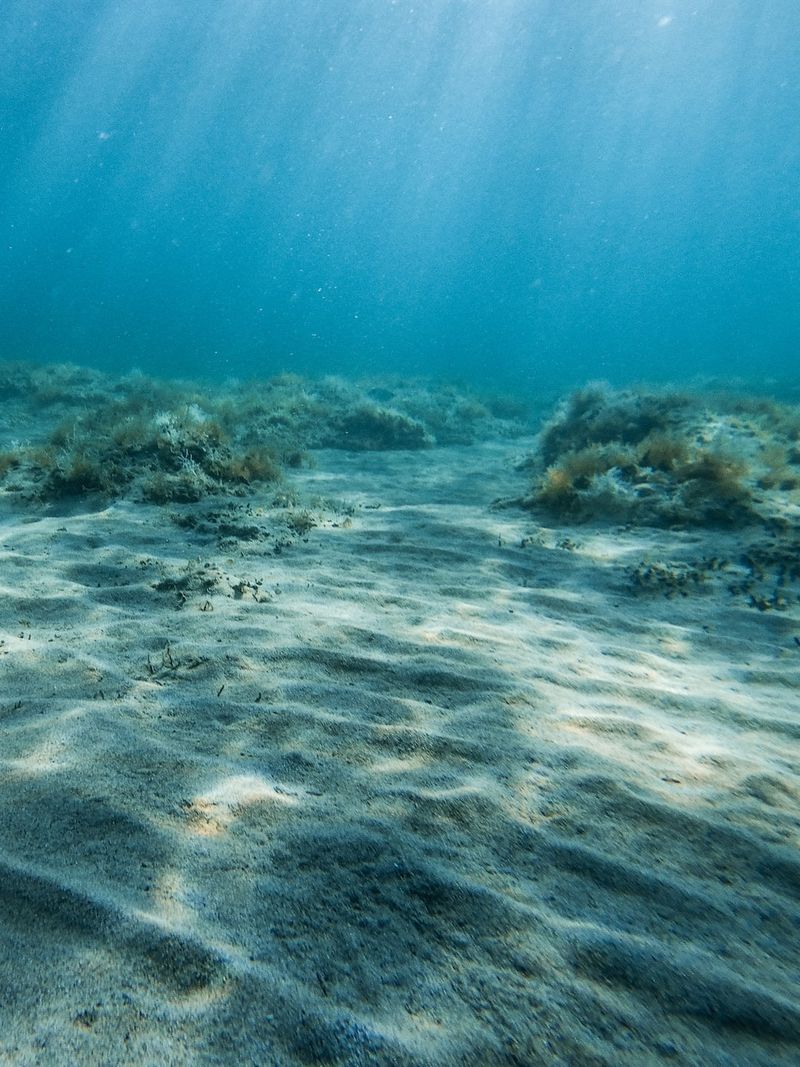### Introduction
A civilian submersible carrying five individuals went missing in the North Atlantic Ocean near the location where the Titanic sank. The submersible, operated by OceanGate Expeditions, was on an expedition to view the wreckage of the Titanic. As search and rescue efforts continue, authorities estimate that the submersible has four days of emergency capability. Multiple assets from the US and Canadian Coast Guards, including ships and aircraft, are involved in the search. The submersible has safety features, and the company is working towards the safe return of the crewmembers.
### The Rescue Efforts
#### Extensive Search and Sonar Technology
The US and Canadian Coast Guards are focused on locating the missing submersible and rescuing those on board. Assets include civilian ships, C-130 aircraft, and two P-8 planes equipped with sonar technology to detect submarines. Rear Adm. John Mauger, commander of the Coast Guard’s First District, stated that commercial operators are often the first vessels on the scene. Additional commercial vessels are being contacted, along with the deployment of Canadian and US Coast Guard assets, to aid in the search efforts.
#### Evaluating Underwater Rescue Capability
The US Coast Guard has been coordinating with the US Navy and the Canadian military to assess the availability of underwater rescue capability if needed. The priority of all parties involved is to rescue the crewmembers and bring them back safely. OceanGate Expeditions, the group conducting the expedition, is exploring all options and mobilizing resources to aid in the search and rescue operation.
#### Submersible Operation and Safety Features
OceanGate Expeditions operates trips to the wreckage of the RMS Titanic, offering passengers the opportunity to become underwater explorers. The submersible involved in the search, named “Titan,” can hold up to five people and is made of carbon fiber and titanium. It utilizes a proprietary real-time hull health monitoring system to ensure the sub’s integrity and safety. Unlike a submarine, a submersible has limited power reserves and requires a mother ship for launch and recovery.
### Titanic Wreckage and Historical Significance
The Titanic, which sank in 1912, is a significant historical event that captivates the public’s imagination. The wreckage of the ship was discovered in 1985 and lies in two separate parts on the ocean floor, approximately 13,000 feet below the surface. Visiting the Titanic wreckage has become an opportunity for adventurers to witness history firsthand and explore the depths of the ocean.
### Philosophical Discussion and Editorial
#### The Pursuit of Adventure and Exploration
The desire to explore the unknown, whether it be the deepest point of the ocean or the wreckage of a historical ship, is deeply ingrained in human nature. We are naturally drawn to discover and unravel the mysteries that lie beneath the surface. The fascination with the Titanic stems from its tragic story and the longing to understand the human experiences behind such events. OceanGate Expeditions has offered individuals the chance to follow in the footsteps of the renowned marine explorer Jacques Cousteau and witness the Titanic’s remains firsthand.
#### Balancing Risk and Safety
However, with adventure comes risk. The current incident reminds us that in pursuing exploration and pushing the limits, we must prioritize safety and be prepared for any eventuality. The submersible, designed for such expeditions, incorporates safety features to ensure the well-being of its occupants. Nevertheless, accidents can occur, and the importance of having robust search and rescue capabilities cannot be overstated. Cooperation between government agencies, commercial operators, and expedition organizers is crucial in mounting an effective response to such situations.
### Conclusion and Advice
The ongoing search and rescue operation for the missing submersible near the Titanic wreckage serves as a reminder that we must approach adventures and exploration with a blend of excitement and caution. While the allure of discovering history’s remnants and the depths of the ocean is undeniable, it is vital to prioritize safety and be prepared for unforeseen circumstances. Organizations involved in such expeditions should continually assess and reinforce their safety protocols, ensuring the well-being of their participants. Should an incident occur, prompt coordination and diligent search efforts are essential to rescue those in need. Ultimately, while the search and rescue operation continues, the hope is that the crewmembers of the missing submersible will be located and brought back safely, emphasizing the importance of preparedness and cooperation in these daring undertakings.

<< photo by David Boca >>
The image is for illustrative purposes only and does not depict the actual situation.
You might want to read !
- The Hunt Begins: Unveiling Aaron-Taylor Johnson as Kraven the Hunter
- #en-US Daughters Speak Out: Russell Simmons Faces Criticism from Kimora Lee and Family
- “Family Feud: Russell Simmons’ Daughters Speak Out Against Him”
- Exploring the Depths: The Search for the Sunken Titanic Tourist Submarine
- Exploring the Outcome: England’s Triumph over North Macedonia
- Staying Put: Damian Lillard’s Commitment to the Blazers Amid Trade Rumors
- “Desperate Search for Survivors: Rescue Teams Race Against Time”




